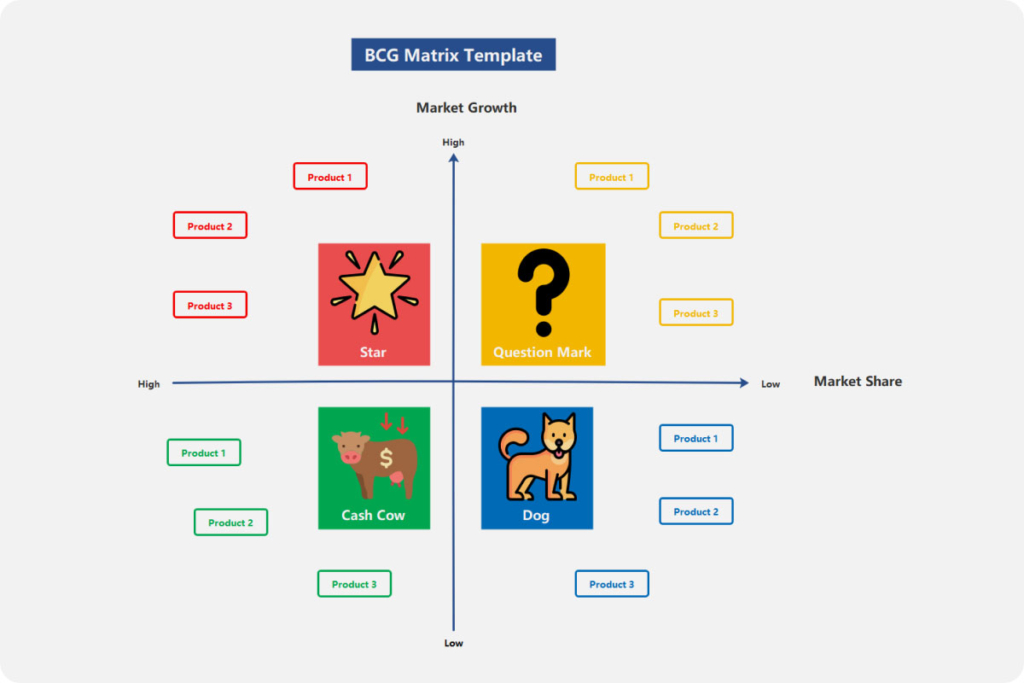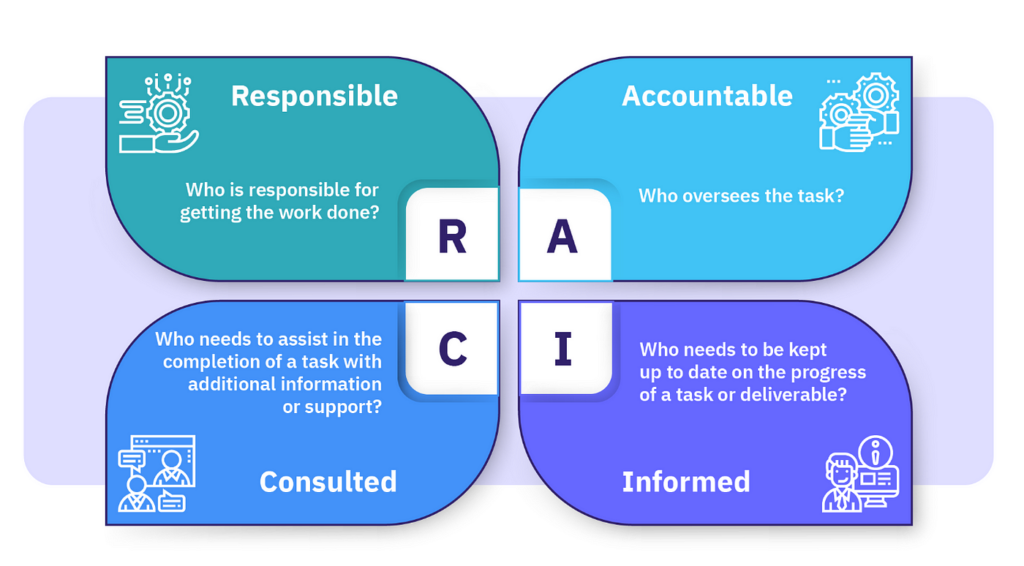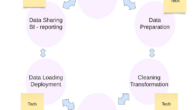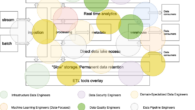How to Shape a Successful Data Product Roadmap: A Comprehensive Guide
In today’s AI driven trend, organizations are increasingly recognizing the value of data products. These products, which leverage data to deliver actionable insights, are becoming critical for driving business growth, improving decision-making, and enhancing customer experiences. However, implementing a successful data product strategy is not a small feat. It requires a well-thought-out roadmap that considers real-world challenges, prioritizes small but impactful steps, and aligns with the organization’s broader goals.
In this article, I will explain how organizations can shape their strategy for a successful data product roadmap, focusing on key considerations, overcoming challenges, and prioritizing actionable steps.
1. Start with the Problem: Work Backwards from the Customer
Key Consideration: Identify the Customer and Their Pain Points
The first step in building a successful data product is to work backwards from the problem. This means identifying the end-users (customers) and understanding their pain points before diving into data collection or model development. A product-centric approach ensures that your data efforts are aligned with real business needs and deliver tangible value.
- Market Research: Conduct thorough market research to validate the demand for your data product. Ask questions like:
- Is your data unique, and for how long?
- What is the value proposition of your data product?
- Which customer segments will benefit the most?
- How much are customers willing to pay for this data?
- User Journey Mapping: Once you’ve identified your target users, map out their journey. Identify where and how they interact with data, and pinpoint the challenges they face. This will help you design a data product that addresses their specific needs.

2. Define Clear Metrics and Tie Efforts to Business Goals
Key Consideration: Align Data Efforts with Business Metrics
Data products must be tied to high-level business metrics such as ROI, P&L, or Time to Revenue. This ensures that your data efforts are not just solving user problems but also driving measurable business impact.
- Business Metric Model: Develop a business metric model that links data efforts to key business goals. For example, if your goal is to improve customer retention, your data product should directly impact metrics like churn rate or customer lifetime value.
- Prioritization: Use frameworks like the BCG Matrix to prioritize user problems based on their impact on business metrics. This helps you focus on the most valuable data initiatives.

3. Establish Ownership and Governance
Key Consideration: Define Roles and Responsibilities
A data product involves multiple capabilities, including governance, observability, and accessibility. To ensure accountability, it’s crucial to define ownership early in the process.
- RACI Matrix: Use a RACI matrix to assign roles and responsibilities:
- Responsible: Who does the work?
- Accountable: Who owns the work?
- Consulted: Who provides input?
- Informed: Who needs updates?
- Data Product Manager: Appoint a data product manager who bridges the gap between engineering teams and data consumers. This role is critical for ensuring that the data product aligns with both technical and business requirements.

4. Leverage Semantic Engineering for Scalability
Key Consideration: Design for Reusability and Flexibility
Semantic engineering is the backbone of a scalable data product. It involves designing data models that are flexible, reusable, and aligned with business needs.
- Discovery: Before starting the modeling process, identify existing data assets and pipelines that can be reused. This reduces cognitive overload and speeds up development.
- Industry-Specific Templates: Use industry-specific templates to avoid reinventing the wheel. For example, if you’re building a customer upselling model, start with an existing Customer360 template and customize it as needed.
- Collaborative Interface: Implement a collaborative design interface (like a “Figma for Data Products”) where business users, data engineers, and governance teams can collaborate on the semantic model. This ensures that the model meets all requirements before development begins.
5. Validate Models Before Development
Key Consideration: Test with Mock Data
Before moving to development, validate your semantic models using mock data. This reduces the risk of rework and ensures that the model aligns with business requirements.
- Mock Data as a Service: Use mock data services to generate realistic synthetic data for testing. This allows domain experts to validate the model without needing to map physical data.
- Impact on KPIs: Use mock data to assess the impact of your data product on key business metrics. This helps business teams refine their metrics and ensure that the data product delivers the desired impact.
6. Map Data Sources and Validate Queries
Key Consideration: Ensure Accurate Data Mapping
Once the semantic model is validated, the next step is to map the relevant data sources to the model. This is where the data engineering team comes in.
- Source Mapping: Data engineers map the physical data sources to the semantic model. This process is governed by policy-driven SLOs (Service Level Objectives) that ensure data quality and accuracy.
- Semantic Query Validation: Business teams validate the data mapping through semantic queries. These queries present data as dataviews, allowing business users to verify that the data meets their requirements before it’s materialized into applications.
7. Iterate and Scale
Key Consideration: Build, Deploy, and Iterate
Data products are not static; they evolve over time. After the initial launch, it’s important to continuously iterate and scale the product based on user feedback and changing business needs.
- Feedback Loops: Establish feedback loops with users to identify areas for improvement.
- Scalability: Ensure that your data platform is designed for scalability. Platforms modeled after the Data Developer Platform Standard provide the necessary interfaces for building, deploying, and iterating on data products.
Conclusion: Prioritize Small Steps for Big Impact
Implementing a successful data product strategy is a complex but rewarding project. By starting with the customer, aligning efforts with business metrics, and prioritizing small, actionable steps, organizations can build data products that deliver real value. Remember, the key to success lies in iteration and collaboration. Continuously refine your approach based on feedback, and ensure that all stakeholders are aligned throughout the process.









Leave a Reply